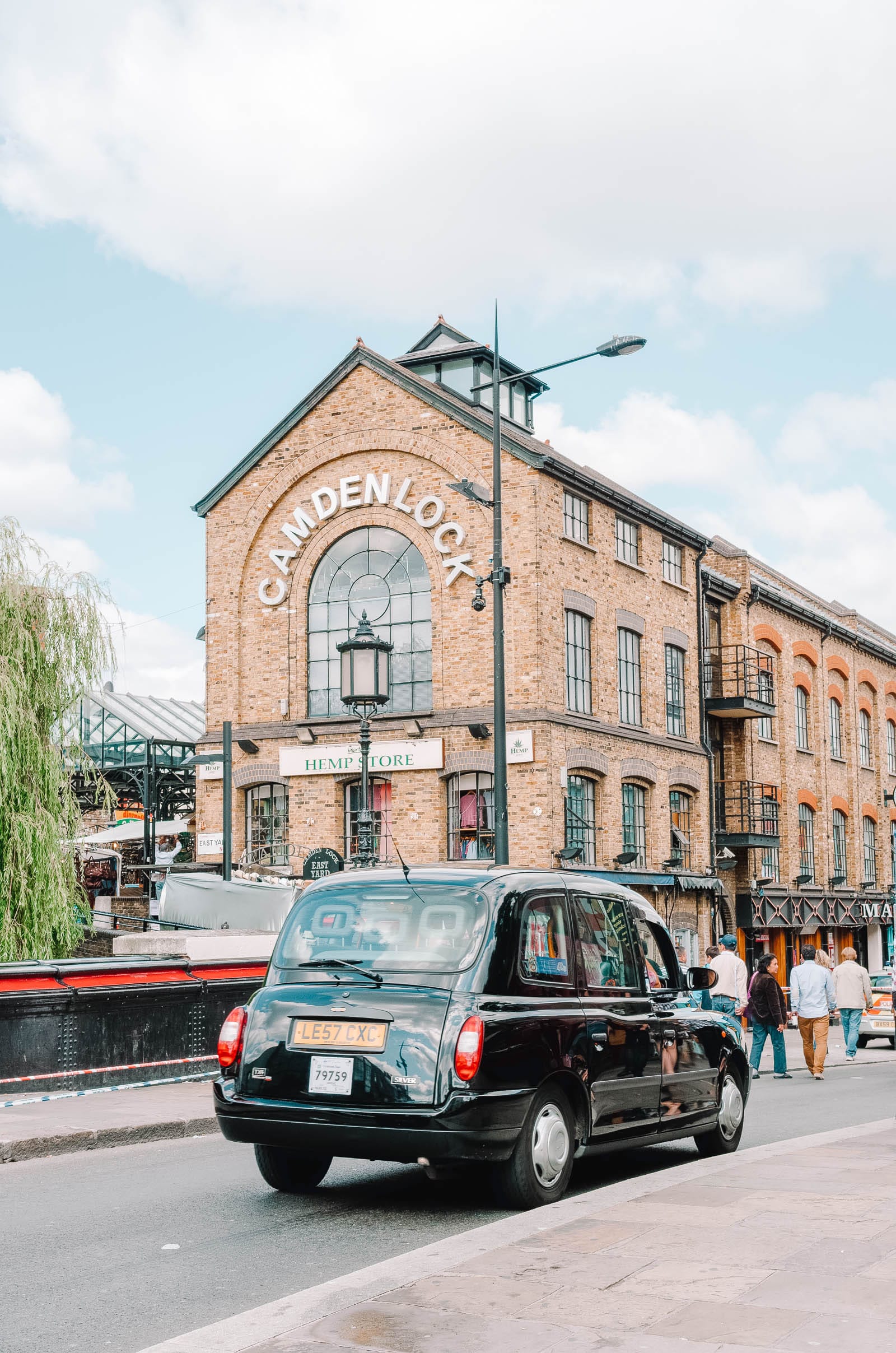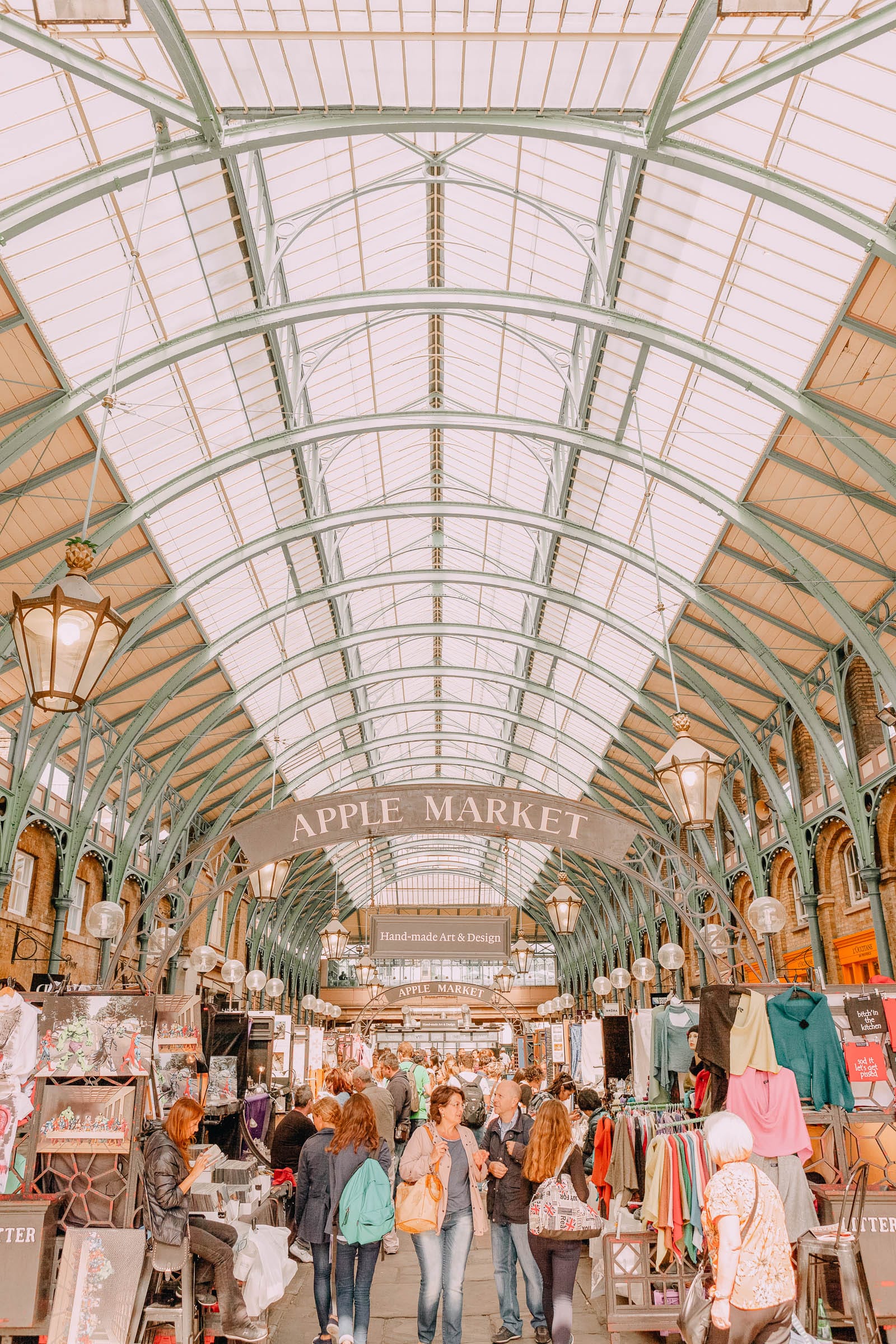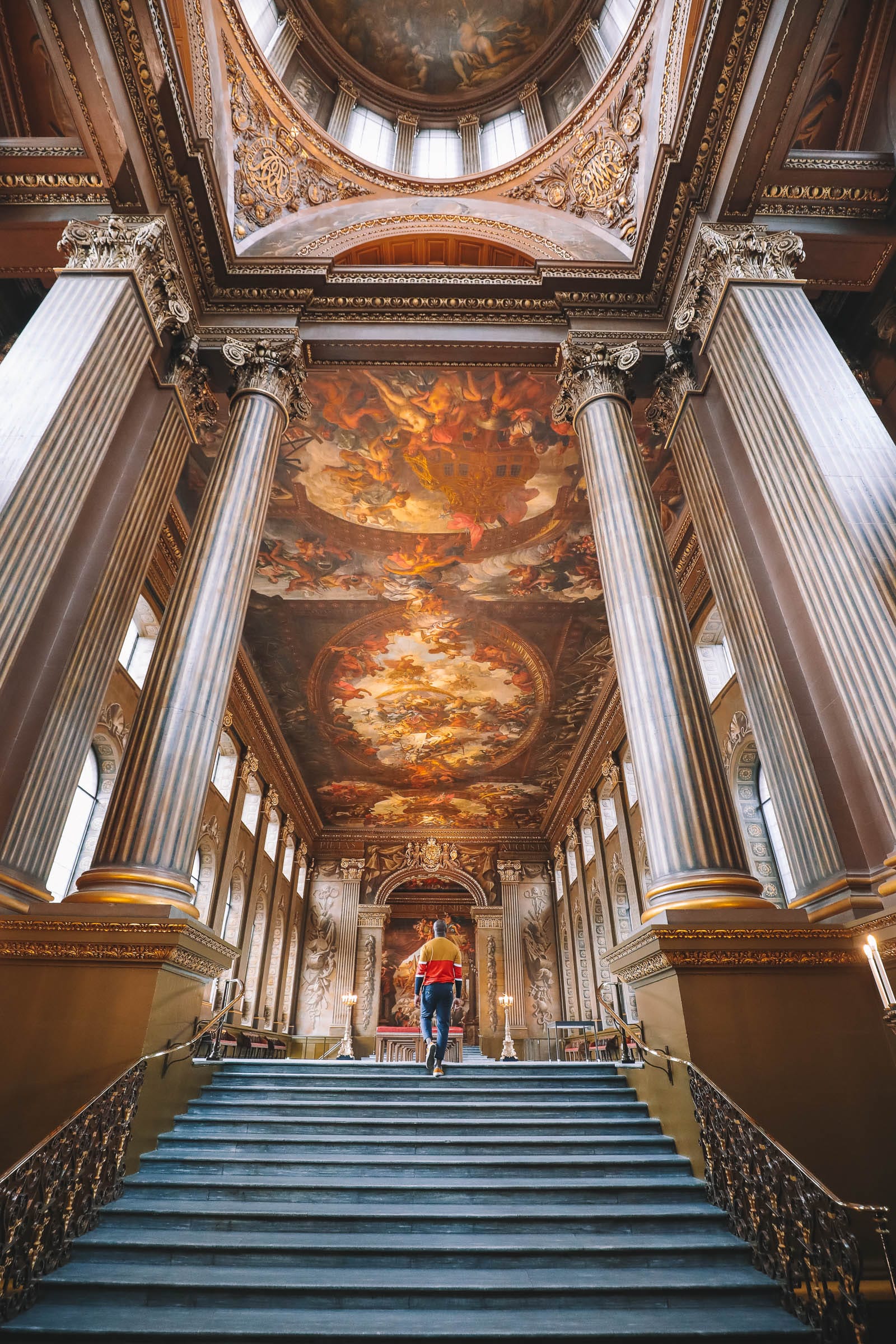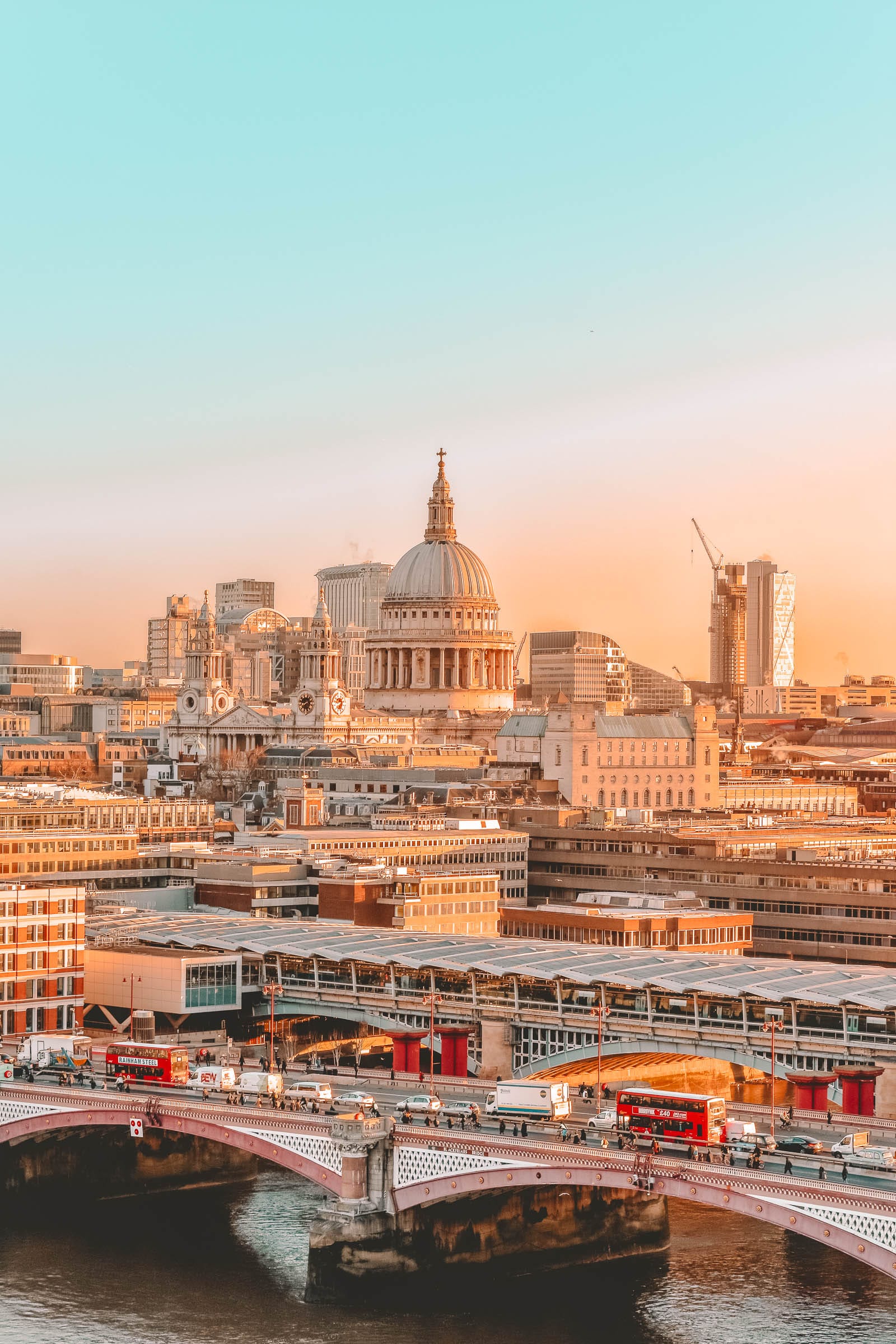Summary
- Amphitheatre
- Theatre
- Musée de l’Arles et de la Provence Antiques
- Van Gogh Heritage
- Church of St. Trophime
- Cloister at St. Trophime
- Thermes de Constantin
- Montmajour Abbey
- Alyscamps painted by Van Gogh and Gauguin
- Place de la République
- Place du Forum
- Musée Réattu
- Cryptoporticus
- Camargue Nature Park
- Barbegal Aqueduct
In Roman antiquity, Arles was one of Gaul’s most esteemed cities, accommodating over 30,000 inhabitants and adorned with monuments which still stand today. With a multi-site pass, one can satisfy their curiosity for Roman heritage and marvel at the artistic works preserved in the city’s museum.
Much later, Arles became the residence of Vincent van Gogh during 1888, where he produced numerous masterpieces that can still be explored in various locations throughout the city. Additionally, one can venture into the legendary Camargue, an area characterized by wild horses, fighting bulls, and expansive lagoons and salt pans extending towards the Mediterranean.
Let us examine the top attractions in Arles:
1. Amphitheatre

The main attraction in Arles is the oval amphitheater, where for over 400 years, the ancient populace was entertained by gladiators and chariot races.
Constructed around 90 AD, it was inspired by Rome’s Colosseum. Upon your visit, observe the thoughtfully designed stairways strategically placed to facilitate the movement of spectators.
This arena continues to play a role in the city’s cultural scene, hosting bullfights and concerts.
Notable for its towering structures on the exterior, these are remnants from the medieval era when the arena functioned as a fortress, housing over 200 residences.
2. Theatre

Arles’ theatre remains a functioning performance venue more than two millennia after its construction.
The lower sections of the seating area, known as the cavea, are well-preserved and, in ancient Rome, it could accommodate around 10,000 audience members.
On the left side of the stage, the southern tower indicates the original height of the cavea.
Behind the stage, two columns known as “Les Deux Veuves” (The Two Widows) remain part of a grand backdrop that once included a grand three-meter-high statue of Augustus.
At the Arles Museum, you will find a detailed model illustrating the theatre’s appearance during its peak, along with information on how the two columns integrated into the scaenae frons.
3. Musée de l’Arles et de la Provence Antiques

The ideal complement to your exploration of Arles’ ancient sites is this museum, which features numerous artifacts recovered from archaeological digs, illuminating life in Roman Arles with remarkable clarity.
This venue serves as a treasure trove for enthusiasts of history, brimming with sculptures, mosaics, early-Christian sarcophagi, and decorative fragments from structures like the theatre.
A particularly exciting exhibit includes a Gallo-Roman barge, discovered in the Rhône in 2004, now showcased with its cargo of amphorae.
Additionally, the statue of Augustus that once adorned the theatre’s scaenae frons will astound visitors, standing over three meters tall, with its torso found in 1750 and a head unearthed in 1834.
4. Van Gogh Heritage

In 1888, Vincent van Gogh moved to Arles, residing there for one year amidst a decline in his mental health. During this period, he produced several of his most famous works, such as The Night Café, Café Terrace at Night, and Van Gogh’s Chair.
This is also the location where he famously mutilated his left ear.
The local Tourist Office offers a Van Gogh Walking Tour, allowing visitors to discover various locations depicted in the approximately 300 paintings he created in the city.
The tour includes a visit to the Fondation Van Gogh, chronicling his experiences in Arles, the evolution of his artistic style, and showcasing temporary exhibitions of his work.
5. Church of St. Trophime

This church, situated on Place de la République, is part of the city’s UNESCO World Heritage site, and the significance of its western portal becomes apparent upon closer inspection.
Here, you will encounter one of the most celebrated assemblages of Romanesque sculpture, crafted no later than the 1100s.
The carvings depict various biblical scenes, including the Apocalypse and the Gospel of St. Matthew.
Looking up at the tympanum, one can discern Jesus seated above the twelve apostles, flanked by approximately 40 angels in the archivolt.
The interior boasts early-Christian sarcophagi, 13th-century plaques and epitaphs, baroque paintings, and nine 17th-century Aubusson tapestries.
6. Cloister at St. Trophime

The church’s cloister was constructed simultaneously and merits individual recognition as one of Arles’ essential sights.
This area served the church’s canons, whose rhythm of life was akin to that of monks, sequestered from urban life.
The northern and eastern galleries of the cloister are particularly captivating, being constructed much earlier than their southern and western counterparts due to construction halts when the Counts of Provence chose Aix as their main seat of power rather than Arles.
Every column is rich with narrative, depicting scenes such as Jesus’ empty tomb following the transfiguration, Moses’ encounter with God via the burning bush, and the stoning of St. Stephen.
7. Thermes de Constantin

During the early 300s, Emperor Constantine resided in Arelate, and these baths were constructed around this period, although there is no definitive connection to the emperor himself.
Unearthed in the 19th century, they are recognized as one of the most well-preserved Roman bathing complexes in France.
The caldarium (hot bath) is particularly intriguing, positioned above the hypocaust that once heated it, with three pools, one of which is bounded by a semi-circular wall with windows.
This space connects to the tepidarium (warm bath) and the laconicum (steam room). While the baths may not be extensive, they provide valuable insights into daily life in Roman Arles.
8. Montmajour Abbey

Located just northeast of Arles, this medieval monastery was established on what was once an island.
The complex features several components, the oldest being a hermitage carved from rock in the 1000s, accompanied by a 12th-century cloister and the fortified Saint-Pierre monastery, dating back to the 14th century.
This latter section includes the Pons de l’Orme tower, standing at 26 meters and equipped with crenellations to guard against intruders like the Free Company, a mercenary group that terrorized Italy and southern France in the 1300s.
Given its marshy surroundings, this former island was utilized as a burial ground, where many tombs were hewn from the rock, and many remain visible on the site today.
9. Alyscamps painted by Van Gogh and Gauguin

While in a city with fewer ancient wonders, the necropolis, Alyscamps, would serve as a prominent attraction; however, in Arles, it can often be overlooked by visitors.
Dating back to the Gallo-Roman era, it was one of the ancient world’s significant burial sites.
Following Roman customs, it was positioned along Aurelian Way just before entering the city and became such a desired interment location that sarcophagi were transported from various regions across Europe to be laid to rest here.
By the 300s, the site contained thousands of graves, often built up to three layers deep.
Van Gogh and Paul Gauguin shared a complicated and competitive companionship in Arles, and Alyscamps served as their first joint painting location.
10. Place de la République

Arles’ town hall is situated in this grand square, along with the churches of Saint-Trophime and Sainte-Anne, directly across from one another.
Upon exiting Saint-Trophime, your gaze will likely be drawn to the striking monument at the center of the square.
This Roman obelisk originally stood within the spina (the long central divider) of Arelate’s circus.
Discovered in the 1300s, it was later positioned on a plinth during the 17th century.
This obelisk’s granite was sourced from a remarkably distant location, measuring over 15 meters tall and likely originating from Ancient Troy in Asia Minor.
11. Place du Forum

There are minimal remnants of the Roman forum that once stood on this square, except for a fragment of a temple portico integrated into the facade of the Hôtel Nord Pinus.
Today, Place du Forum is bustling with lively restaurant terraces shaded by plane trees. Moreover, this square holds additional significance as Vincent van Gogh set up his easel in its northeast corner to paint Café Terrace at Night in 1888. Early morning visits, when the tables are empty, offer a peaceful moment with the statue of Frédéric Mistral, the Nobel Prize-winning author who lived and worked near Arles.
12. Musée Réattu

Arles’ primary art museum is named after Jacques Réattu, a native of the city, who donated a substantial collection of his artworks to the institution upon his demise in 1833. The museum displays approximately 800 works by the artist across 12 rooms, alongside three rooms dedicated to Pablo Picasso, who contributed drawings in the early 1970s.
Furthermore, the museum houses an extensive photography collection featuring renowned contributors such as Richard Avedon and Man Ray, along with sketches by Arlesian fashion designer Christian Lacroix.
The building that houses the museum was formerly a monastery associated with the Order of Malta, located adjacent to the Rhône River.
13. Cryptoporticus

On a hot day, one might descend under the former Roman forum and enter a network of tunnels created by the Greeks.
These three U-shaped tunnels exhibit impressive preservation over the years.
Their original purpose remains a topic of speculation; in other Roman cities, similar tunnels often functioned as granaries, but the moist ground in Arles likely rendered that impractical.
Consequently, it is likely that these tunnels were constructed to bolster the structures above while possibly accommodating the city’s public slaves.
14. Camargue Nature Park

Arles is recognized as the capital of the Camargue and is situated on the northern borders of this unique region.
You can embark on a safari tour to immerse yourself in this realm of low-lying marshes, lagoons, rice paddies, and reddish salt pans between the junctions of the Gard and Rhône rivers.
These areas stretch toward the Mediterranean, and the Camargue is renowned for its expansive vistas that reach from one horizon to the next.
In this rugged landscape, the camarguais horse breed lives in semi-wild herds, utilized on farms to assist in the rearing of fighting bulls destined for Spain.
The brackish waters of the wetlands provide one of the only habitats in Europe for the greater flamingo.
15. Barbegal Aqueduct

A short distance east of Arles reveals the ingenuity that facilitated the development of Roman cities such as Arles.
The Roman Aqueduct of Barbegal, located within the Alpilles Regional Park, transported water from the Alpilles Range to Arles, several kilometers away.
Although primarily in ruins, this structure requires a degree of imagination compared to more intact sites like the Pont du Gard. However, it was also a site of one of the Roman world’s innovative applications of hydropower: remnants of an ancient flourmill with 16 waterwheels are still visible on a craggy rock.
This aqueduct was vital not only for supplying water to Arles but also for producing 10,000 tons of flour daily, enough to sustain a third of the city’s populace.




